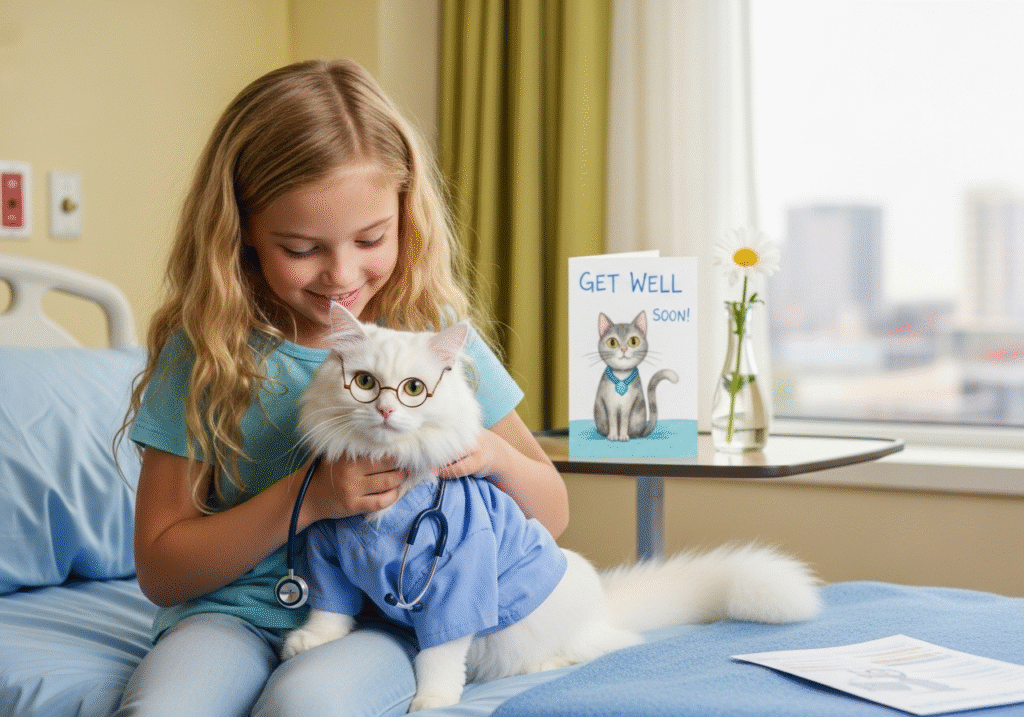
When diagnosed with the flu, the question of “How many days should a student stay home?” and “When can an office worker return to work?” needs to be answered immediately. The rest period is crucial not just for recovery, but also for preventing the spread of infection to others.
Under the 2025 guidelines, the required rest period for influenza has two strict conditions: “5 days must pass since onset” and “2 days must pass since fever subsides (3 days for infants/preschoolers).” Based on this calculation, the total rest period is generally a minimum of about 7 days.
Complete Summary of How Many Days of Rest are Needed for the Flu (As of 2025)
If infected with the flu, you must prioritize “preventing the spread to others” over just recovering from symptoms. The 2025 guidelines (MHLW, School Health and Safety Act) enforce strict rules for schools, but there is no legal obligation for company employees. However, most companies refer to the school standards. The basic rule is “5 days passed since onset + 2 days passed since fever subsides (3 days for infants),” with a total of about 7 days as a guideline. If you are unwell, do not hesitate to extend the rest!
Estimated Rest Period Chart (2025 Standard)
| Target Group | Estimated Rest Period | Calculation Method (Day of onset = Day 0) | Return-to-Work/School Conditions | Notes |
| Children (School) | Total 7 days (8 days for infants/preschoolers) | 5 days passed since onset + 2 days passed since fever subsided (Infants: 3 days) | Fever has been gone for 2 days (3 days for infants), and they feel well. | Attendance is legally suspended by the School Health and Safety Act. Applies to all siblings if one is infected. Do not count the period while using fever reducers as “since fever subsided.” |
| Adults (Employees) | Total 5 ∼ 7 days | 5 days passed since onset + 2 days passed since fever subsided(Guideline) | No fever + Mild cough/runny nose + Doctor’s OK. | No legal obligation, but school standards are often used. Rest for a week or more if symptoms persist. Early return OK if remote work is possible. |
| Seniors / Underlying Conditions | Total 7 ∼ 10 days or more | Until symptoms completely resolve, based on the doctor’s judgment. | Doctor’s OK. | High risk of severe illness; prolonged rest recommended even after fever subsides. Separate rules for hospitalization. |
| If No Fever | 5 days after symptom appearance | 5 days passed since symptoms (cough, diarrhea, etc.) first appeared. | Symptoms have almost disappeared. | Considers viral shedding. Know your normal body temperature. |
Specific Example (Assuming Onset is January 1st)
- Child (Elementary School): Onset 1/1 → 5 days pass until 1/5 → Fever subsides 1/3 → 2 more days until 1/5 →Return 1/6 (Total 6 days of rest).
- Adult: Onset 1/1 → 5 days pass until 1/5 → Fever subsides 1/4 → 2 more days until 1/6 → Return 1/7 (Total 7 days of rest). May be OK in 5 days depending on physical condition.
- Infant/Preschooler: Requires 3 days after fever subsides, so Total 8 days or more.
Treatment at Companies/Schools (2025)
- School: Attendance suspension is a legal obligation. Proven by a doctor’s certificate. All siblings must stay home if one is infected.
- Company: Treated as absence or paid leave (depends on the company). May be eligible for Sickness and Injury Allowance (2/3 of salary). Check employment rules for return-to-work rules. Mask use is mandatory even after fever subsides to prevent spread.
- Salary: Absence is unpaid; paid leave utilizes vacation days. Not treated as workers’ compensation.
Medical Basis (Viral Shedding Period)
Influenza viral shedding peaks from the day before onset to 3 ∼ 7 days after onset. Resting prevents infecting others and speeds up your own recovery. → People with a persistent cough even after symptom improvement are recommended to rest for an additional 2 ∼ 3 days. Early return is acceptable if teleworking/working from home is possible.
Summary
“5 days since onset + 2 days since fever subsides = Minimum 7 days of rest!” Children must strictly follow school rules; adults should use their physical condition plus company rules. Rest without pushing yourself to prevent secondary infections (like pneumonia)! Thorough mask use and handwashing are essential during the flu season.
At-Home Testing Kit Ranking (Combined COVID-19 and Influenza)
Here is the English translation of the ranking table for at-home diagnostic kits that test for both COVID-19 and Influenza A/B:
| Rank | Product Name (Manufacturer) | Targets Detected | Sensitivity (Detection Rate) (Estimate: 12-48h Post-Onset) | Result Time | Approximate Price (Per Test) | Suitability for Pregnant Women / Children | Key Features & Availability |
| 1 | Panbio COVID-19/Flu A&B | COVID + Flu A/B | COVID: Approx. 90% | Flu: Approx. 85% | 15 mins | ¥1,980 – ¥2,480 | ◎ (Shallow Nasal Swab) |
| 2 | クイックナビ-Flu+COVID | Same (COVID + Flu A/B) | COVID: 88% | Flu: 80–85% | 15–20 mins | ¥1,780 – ¥2,200 | ◎ (Designed for children’s use) |
| 3 | KBMラインチェック nCoV/Flu | Same (COVID + Flu A/B) | COVID: 85% | Flu: Approx. 80% | 15 mins | ¥1,480 – ¥1,980 | ◎ |
| 4 | イージードック Flu&COVID-19 | Same (COVID + Flu A/B) | COVID: 87% | Flu: 82% | 15 mins | ¥2,200 – ¥2,600 | ◎ (Many cases of use by pregnant women) |

